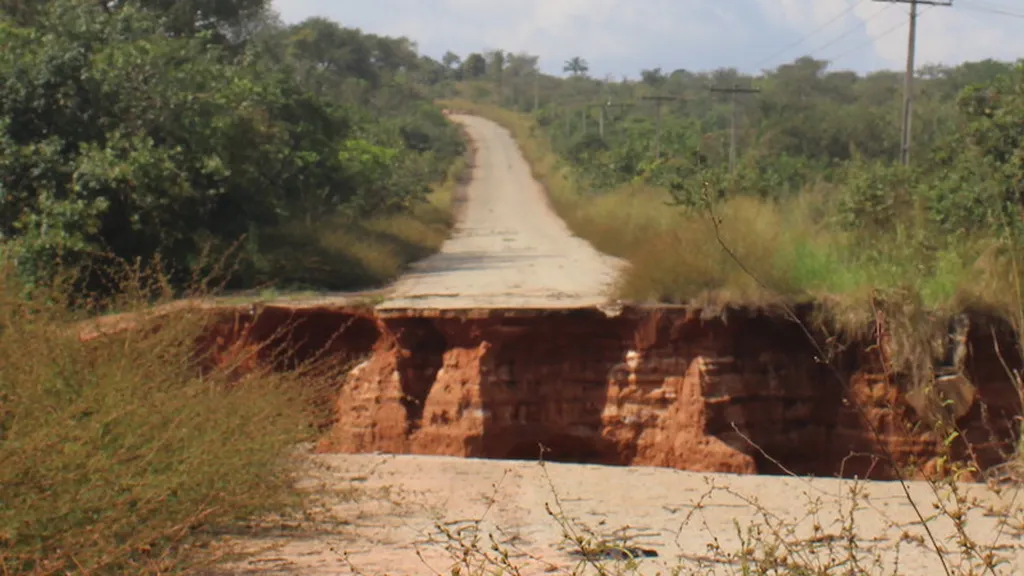In the heart of Nigeria’s Adamawa State, a silent battle is unfolding between the land and the elements, one that could have significant implications for the energy sector and beyond. A recent study led by John W. Gundiri of the University of Maiduguri has shed new light on the complex interplay between climate change, soil properties, and gully erosion, offering crucial insights for land management and conservation strategies.
Gundiri and his team conducted a two-year field study across 41 locations in the Girei Basins, measuring gully channel parameters and analyzing soil properties to understand their influence on erosion. Their findings, published in the Proceedings of the Nigerian Academy of Science (known in English as “The Proceedings of the Nigerian Academy of Science”), reveal a nuanced picture of the factors driving soil degradation in the region.
The study found that the dominant soil type in the area is sandy clay loam, with a high bulk density of 1.74 g/cm³, indicating compactness that promotes surface runoff and gully formation. “The soil’s physical properties play a critical role in determining its susceptibility to erosion,” Gundiri explained. “Understanding these properties is the first step in developing effective conservation strategies.”
The research identified several key factors influencing soil loss, with some exhibiting both increasing and decreasing effects. For instance, while soil shear strength, hydraulic conductivity, porosity, and organic matter content reduced soil loss, other factors like soil erodibility, surface runoff, clay content, gully head-cut, and altitude accelerated erosion.
The study also highlighted the significant impact of site topography on erosion severity. Lower elevations, such as the 152-meter altitude at Labondo, corresponded with greater erosion severity, while higher elevations like the 274-meter altitude at Jabbilamba showed less erosion. “This variation in topography is crucial for understanding the spatial distribution of erosion and for targeting conservation efforts,” Gundiri noted.
The findings have significant implications for the energy sector, particularly for companies operating in the region. Gully erosion can lead to land degradation, reduced agricultural productivity, and increased sedimentation in water bodies, all of which can impact energy infrastructure and operations. By understanding the predictors of gully erosion, energy companies can better assess risks and implement mitigation strategies to protect their investments.
Moreover, the research underscores the importance of targeted soil conservation strategies, such as contour farming, vegetative cover, and erosion barriers, to mitigate gully expansion and soil degradation. These strategies can not only protect the land but also enhance its productivity, benefiting both the environment and the economy.
As climate change continues to exacerbate land degradation, studies like Gundiri’s are more important than ever. They provide valuable insights into the complex dynamics of soil erosion and offer practical solutions for mitigating its impacts. For the energy sector, this research could shape future developments in land management and conservation, ensuring sustainable operations and a healthier environment.
In the words of Gundiri, “This research is not just about understanding the past and present; it’s about shaping the future. By taking proactive steps to conserve our soil, we can protect our land, our livelihoods, and our planet.”

